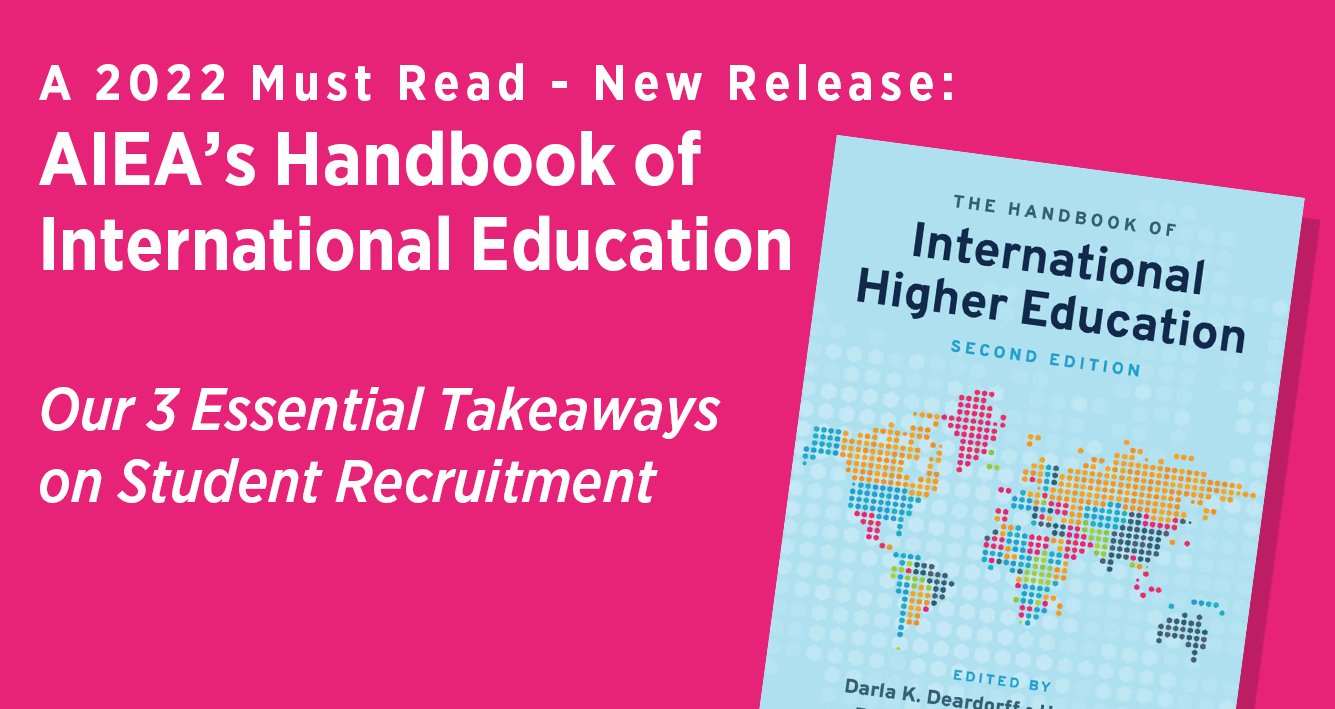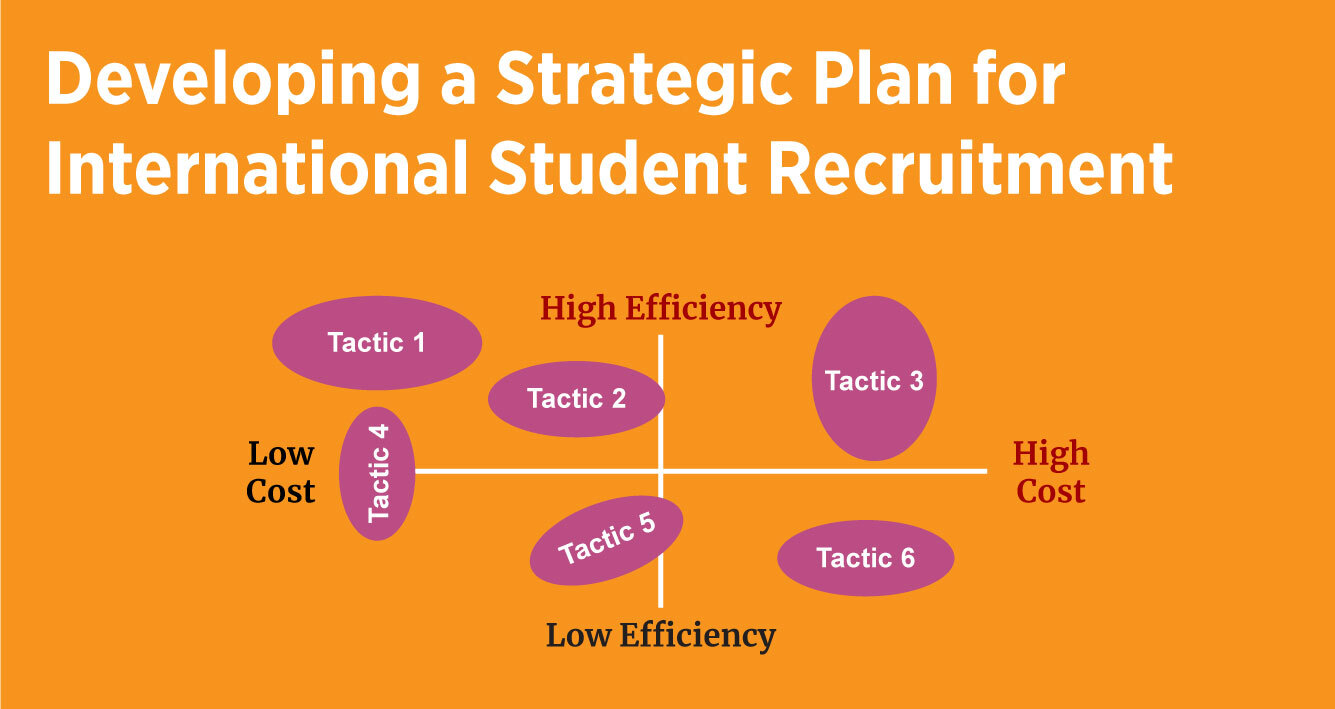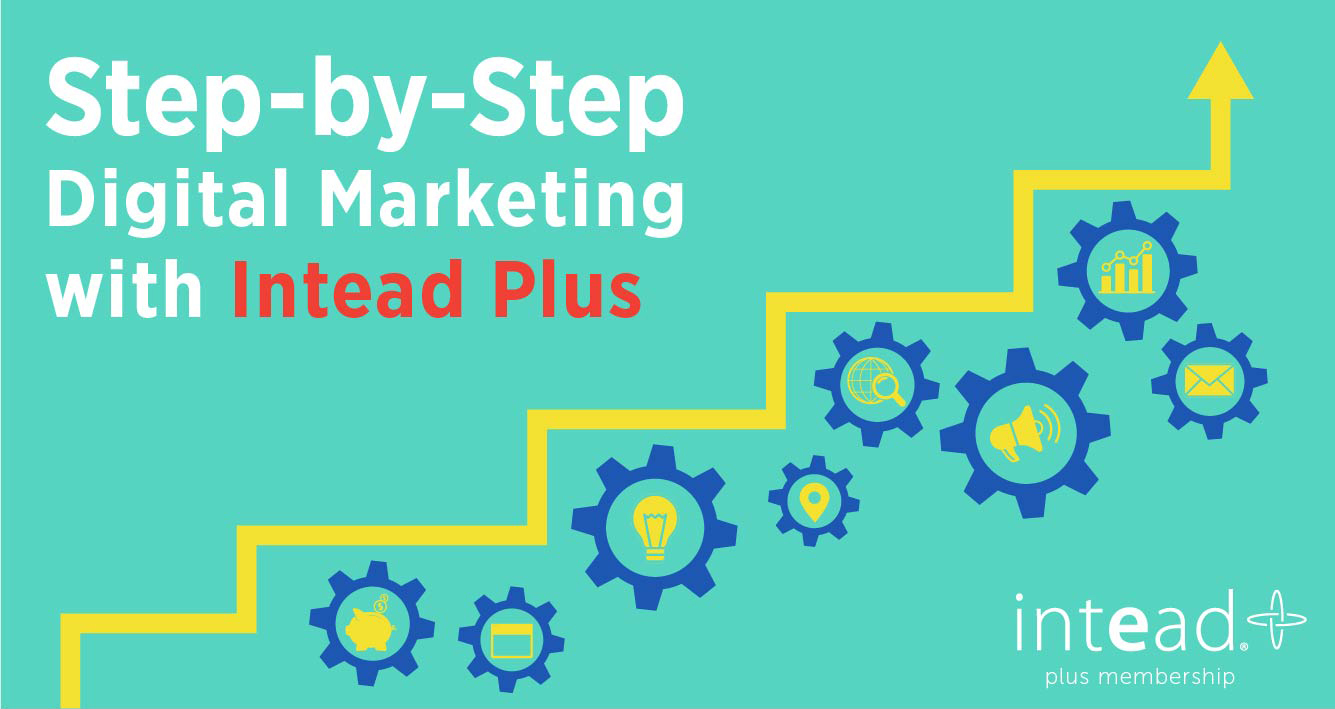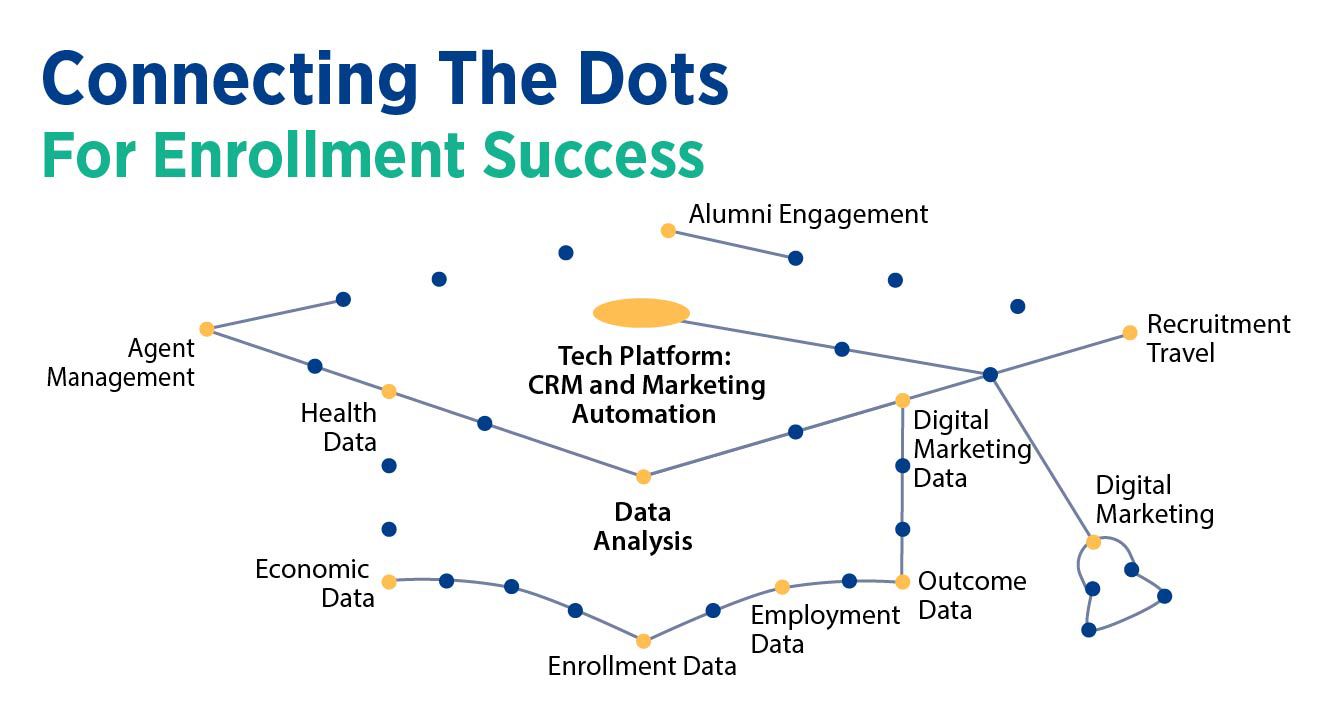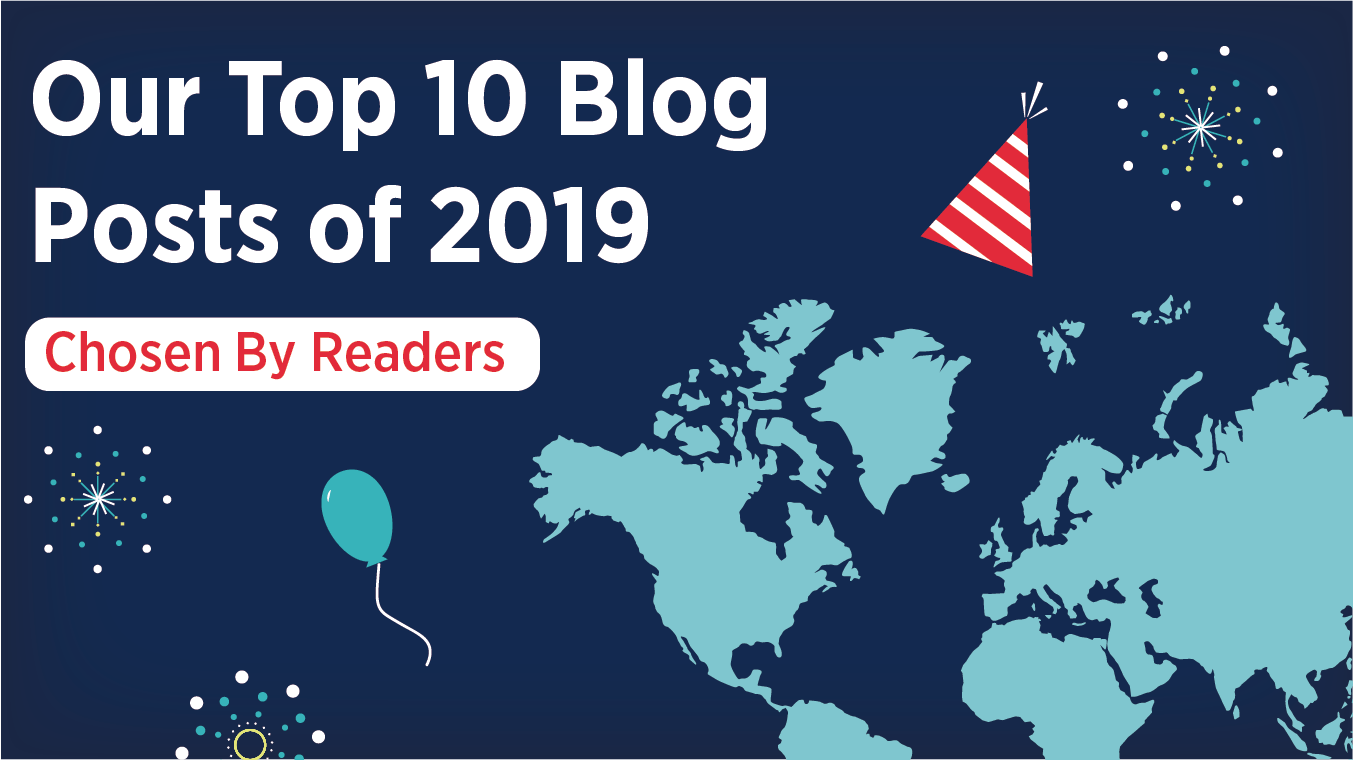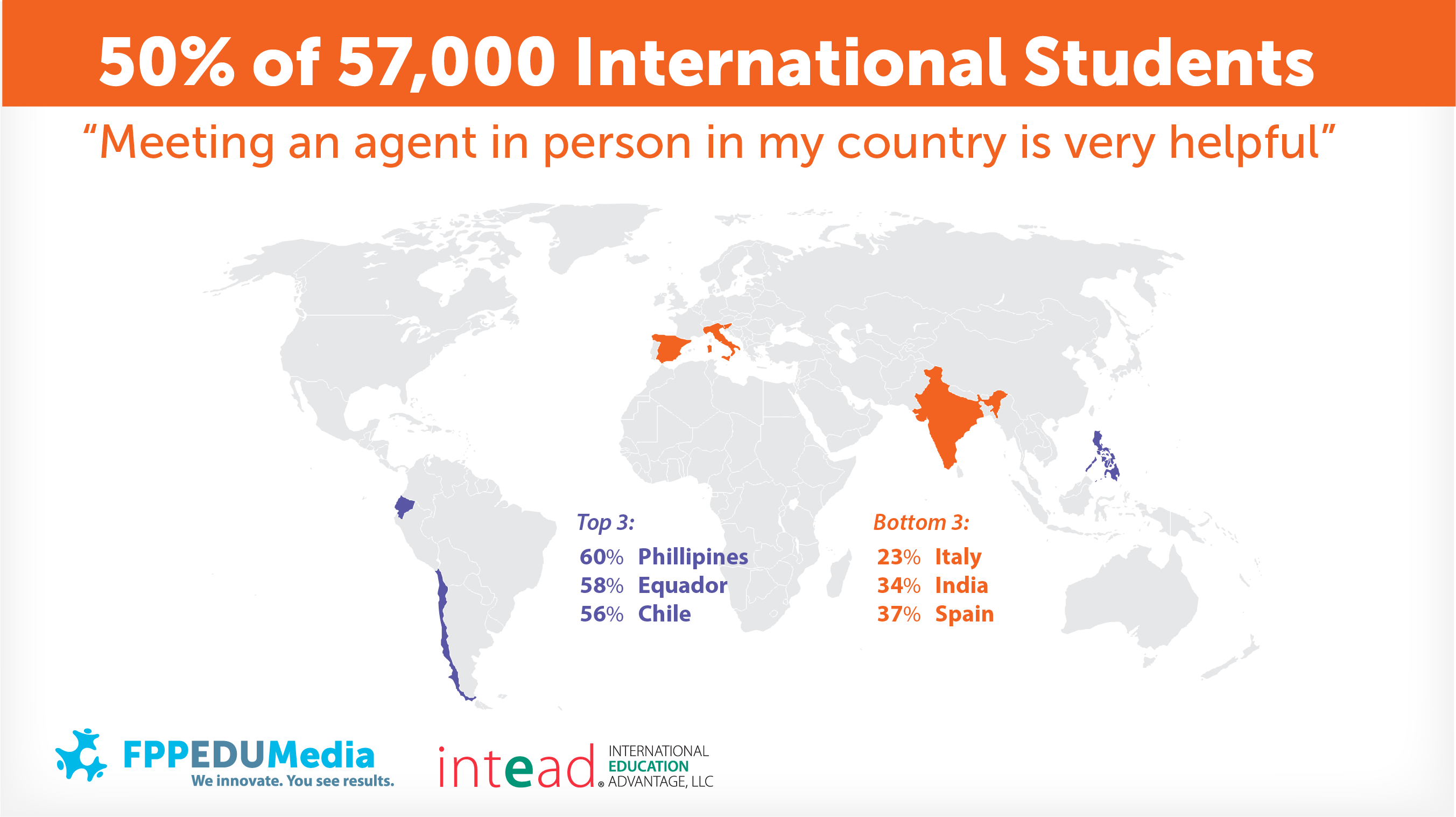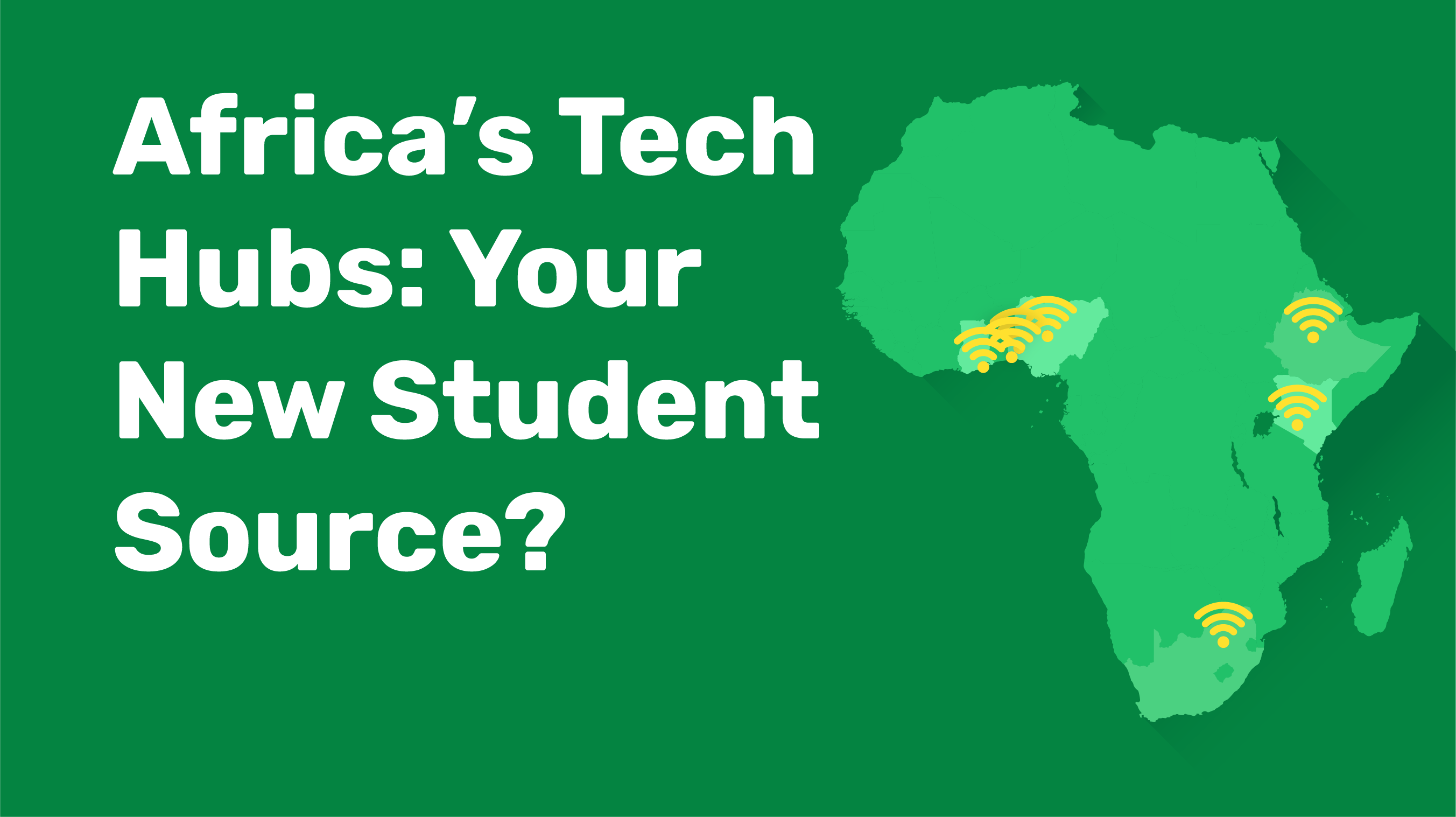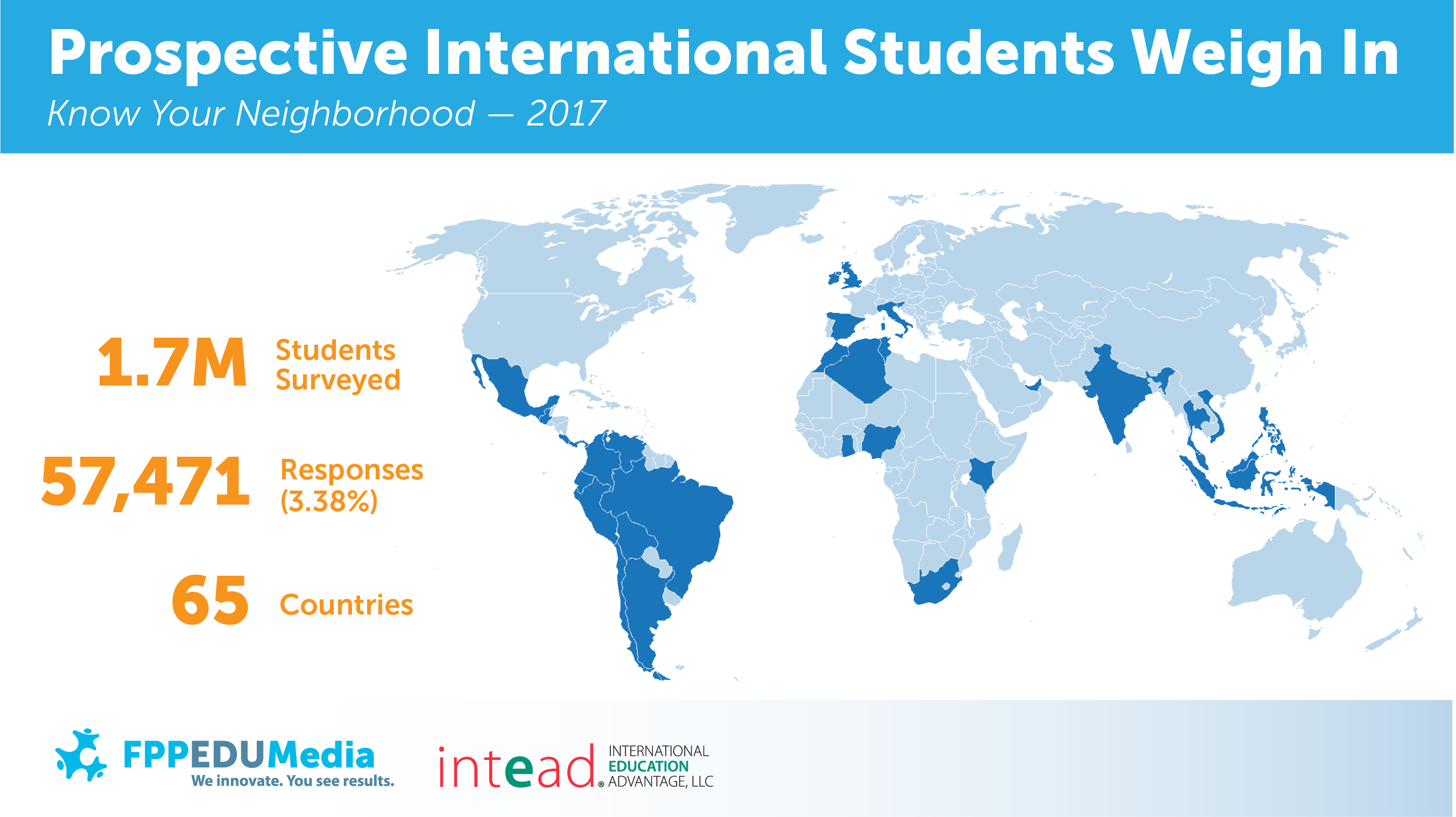In the age of snack-size content, The Handbook of International Higher Education, 2nd Edition is for a hungrier reader.
This deep-dive resource, thoughtfully delivered to all of us by AIEA, provides exceptional context for many of the issues we are all facing now and offers a glimpse of what lies ahead.
The book explores the evolution of student mobility, commercialization of academia, higher ed-tech, the student experience, and more. Collectively we’ve spurred so much change since the handbook first published just a decade ago. Not to mention the issues that have changed us (immigration, social justice, COVID, technology).
Side note: if you’ll be attending the 2022 AIEA conference in New Orleans (Feb 20-23), be in touch and we’ll find time for a coffee and an exchange of ideas.
There’s little doubt that we are in the midst of profound transformation. How we move forward must be informed by where we’ve been. Our colleagues agree international education is vital to an increasingly interconnected world. Yet, even this bedrock is evolving. Once driven by societal cooperation, contribution, and service, there is an undeniable shift toward competition and marketization in higher education. Perceptions and approaches vary depending on where you are in the world and the primary sources of your institution’s funding (i.e., government vs. private).
Read on for our quick summary of what the handbook offers us from a student recruitment point of view. A piece of the higher ed puzzle that is evolving with quickening speed.
Read More
